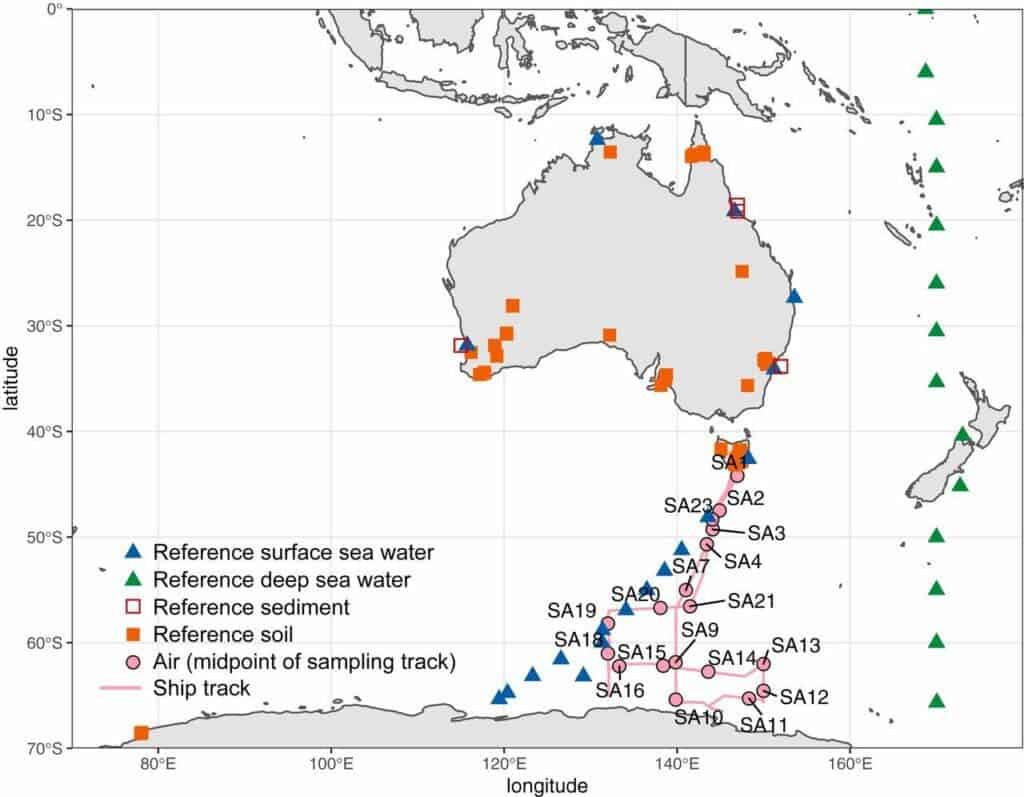The cleanest air in the world is located above the Southern Ocean, near Antarctica, according to a study that measured the composition of the air in the area. The researchers described it as “truly pristine” and unaffected by pollution from human activities.

Led by Dr. Sonia Kreidenweis, a group of climate scientists from Colorado University was curious to see just how far particles produced by human activity could travel. To find out, they sailed into the Southern Ocean and measured the composition of the air at several points.
They took measurements from the boundary layer, a part of the lower atmosphere that comes in direct contact with the surface of the ocean and reaches as an altitude as high as 1.2 miles (1.9km). The samples showed no particles that were connected to human pollution or other activities.

Instead, the researchers were able to trace most of the particles and the bacteria researches back to upwind territories and other nearby areas where bacteria and microscopic matter from the ocean mixed with the wind and circulated through the atmosphere.
“We were able to use the bacteria in the air over the Southern Ocean as a diagnostic tool to infer key properties of the lower atmosphere,” Colorado State’s Thomas Hill, co-author, told the university’s news blog. “This is one of the very few places on Earth that has been minimally affected by anthropogenic activities.”
The findings surprised the researchers as they go against other studies from oceans in the northern hemisphere and subtropics, which have found most microbes drift in from upwind continents. “Antarctica appears to be isolated from southward dispersal of microorganisms and nutrient deposition from southern continents,” said Hill.
One possible reason for this is that the aerosols feeding clouds over the Southern Ocean are different than elsewhere on Earth, due to their isolation from aerosols released from large landmasses. This information is not used in most climate models, with only a few studies of clouds and aerosols so far conducted in the region.
This means that, besides acknowledging this part of the Southern Ocean as a rare bastion of truly unpolluted air, the research is also important for climate and weather modeling. The aerosol composition of the boundary layer affects cloud composition and precipitation, which then affects the amount of sunlight reaching the Earth’s surface.
“These results provide observational support for the suggestion that this region of the Southern Ocean represents one of very few marine boundary layer regions across the globe that is unlikely to have changed due to anthropogenic activities,” the researchers wrote.
In 2019, researchers had identified Cape Grim in Tasmania, near the northern edge of the Southern Ocean, as the previous site with the cleanest air in the world. The area is advertised by local cattle farmers for the quality of the beef – thanks to the quality of the air and the clear rainwater, they argue.
The study was published in the journal PNAS.


